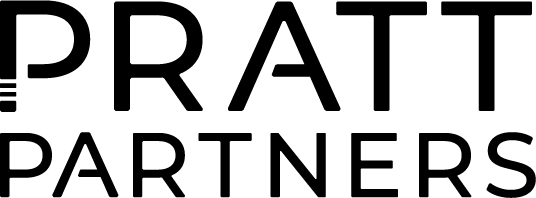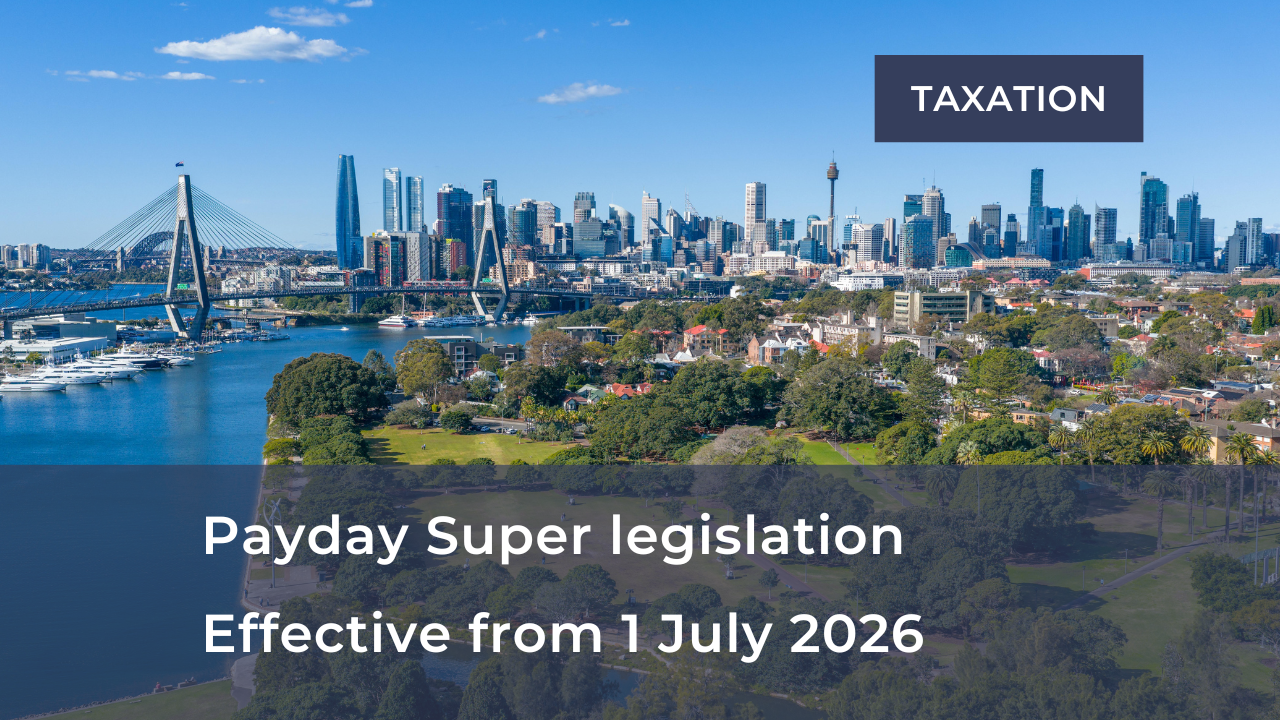Payday Super
Payday Super legislation is now enacted, from 1 July 2026, employers will be required to pay their employees super at the same time as their salary and wages.
The New Era of Super Obligations
The Federal Government has reshaped the superannuation landscape. With legislation enacted on 6 November 2025, the Payday Super regime will take effect from 1 July 2026, requiring employers to lift their game on timeliness, accuracy, and payroll discipline.
This reform addresses a common issue: businesses falling behind on superannuation guarantee (SG) contributions. Under the new framework, the ATO will have real-time visibility over employer obligations, turning Payday Super into one of the most powerful compliance tools introduced in years.
Key Changes from 1 July 2026
- Super due within 7 days
Employers will be required to pay SG contributions to each employee’s nominated fund within 7 business days of wages being paid. Quarterly super cycles will effectively disappear for most employers.
- New Calculation Base: Qualifying Earnings
SG contributions and any shortfall will be calculated using qualifying earnings (QE). QE aligns with Ordinary Time Earnings (OTE) and now explicitly includes salary sacrifice amounts.
- Maximum Contributions Base
The maximum contributions base moves from a quarterly cap to an annual one. Contributions will continue to accrue with every pay cycle until the annual threshold is reached.
- No More SG Statements
Employers will no longer lodge SG statements. Instead, voluntary disclosure statements can be submitted before an ATO SG charge (SGC) assessment is issued.
- Automated ATO Assessments
The ATO will automatically raise SG shortfall assessments using STP and super fund reporting. This greatly reduces the window for late or missed payments.
ATO First-Year Compliance Approach
For 1 July 2026 – 30 June 2027, the ATO proposes a three-tier risk model:
- Low risk — employers consistently paying super on time and accurately.
- Medium risk — minor errors or occasional delays.
- High risk — chronic lateness, underpayments, or poor record-keeping.
The PCG 2025/D5 confirms that the ATO’s early focus will be on education, but will escalate where patterns of non-compliance emerge.
What This Means Financially
- Deductibility Changes
The revised SG framework allows tax deductions for:
On-time contributions
Late eligible contributions
The SG charge itself
However, general interest charge (GIC) and late payment penalties remain non-deductible.
Payment Plans
If you are on an ATO payment plan that includes SG charge amounts and other tax debts, payments will be deductible up to the value of the core SG charge.
Director Penalty Notices (DPNs)
The company’s SG charge is treated as payable on the earlier of:
The first day after the end of the 60-day period from the QE day, or
The date of an ATO SGC assessment.
This effectively tightens the DPN timing rules.
Small Business Superannuation Clearing House (SBSCH) Closure
A major structural shift in the system is the closure of the SBSCH on 1 July 2026. New registrations ceased from 1 October 2025.
The government expects this change to reduce unpaid super, but it means small businesses must update payroll processes and find alternative clearing solutions.
What You Should Be Doing Now
Review payroll frequency and model cash-flow impacts based on more frequent super payments.
Update payroll systems to ensure super is calculated and remitted within 7 business days of each pay.
Assess STP data quality — errors will now directly impact ATO assessments.
Prepare for the SBSCH closure by selecting a compliant clearing house or direct-fund payment method.
Identify pricing or cash-flow constraints early to avoid breaching SG obligations after 1 July 2026.
Engage early to test your payroll setup, review processes, and map out transition timelines.
Contact us
With the commencement date approaching soon, consider reflecting on your current cash flow practices and plan ahead for the increased frequency of super payments for a smooth transition.
We can help you with this business planning and help determine the best course of action for your business.
Please feel free to contact our office to discuss this further.
BE THE FIRST TO KNOW
Subscribe to receive future reports.
Complete the form below to receive timely and insightful information directly to your inbox. Make sure you never miss an update.

